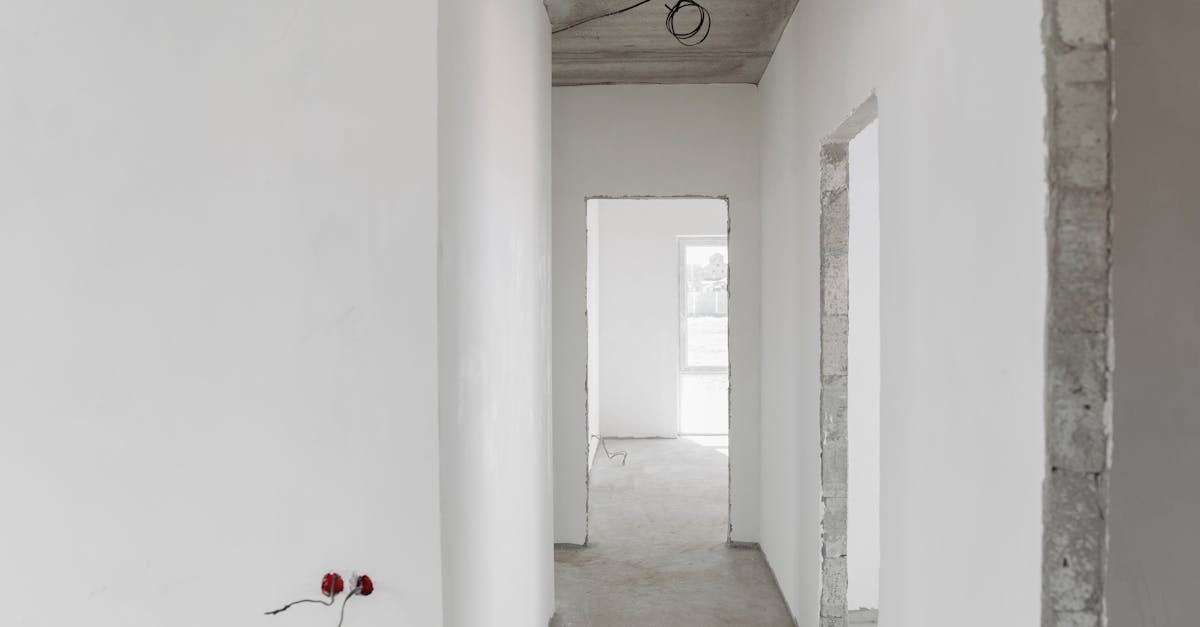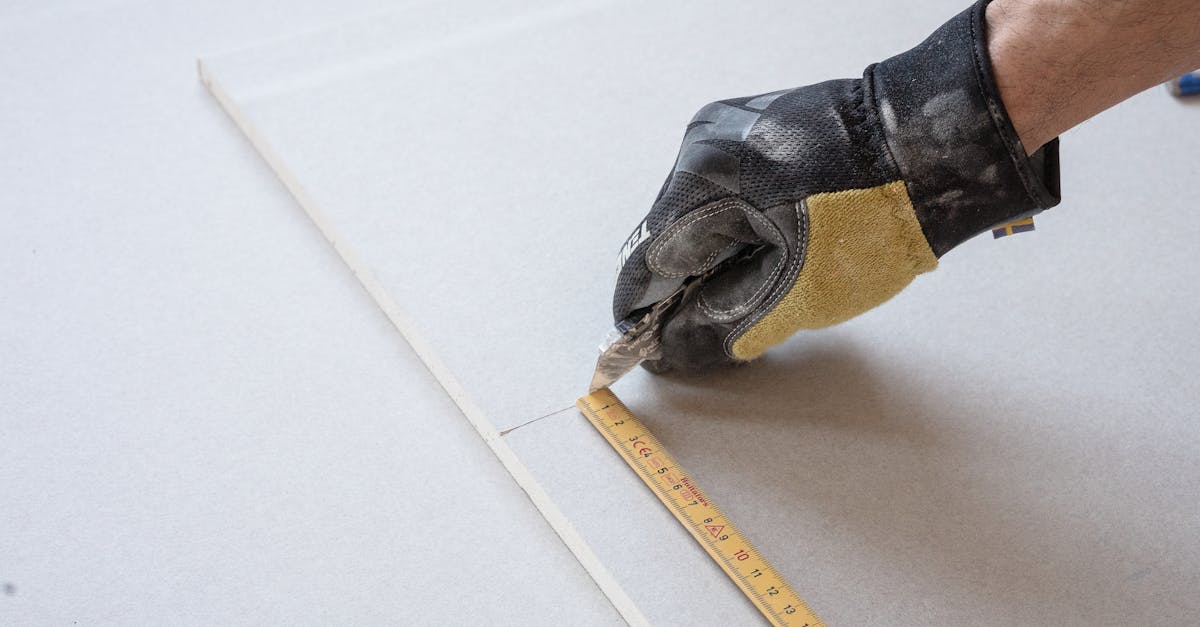
Cracked drywall isn’t just ugly; it often means there are other problems in your house. You can fix these cracks quickly and well if you do it right. Changes in temperature and dampness often cause drywall to crack. Knowing why this happens helps you pick the best ways to repair it. Keep reading to find easy, step-by-step ways to make your walls look new again!
The causes of drywall cracks
Before you fix your drywall, it’s important to understand why cracks happen. Knowing this helps you repair them and stop more damage later.
House settlement and movement
One of the primary reasons for drywall cracks is house settlement. As a house ages, its foundation may shift slightly, causing drywall to stretch or pull apart at joints. This is especially common in newly cons![]() tructed homes where the foundation is still settling. You will often notice these cracks appear around stress points, such as doors and windows.
tructed homes where the foundation is still settling. You will often notice these cracks appear around stress points, such as doors and windows.
Temperature fluctuations
Temperature changes can significantly affect the material inside your home. Heat causes materials to expand, while cold can lead them to contract. This constant push and pull inevitably leads to cracks forming in your drywall, particularly in non-climate-controlled areas such as attics or garages.
Moisture and humidity
Moisture poses a substantial threat to drywall integrity. Areas with high humidity, such as bathrooms and kitchens, are prone to water damage. Excess water can weaken drywall, causing it to warp or crack. If these cracks are left unchecked, they may harbor mold, which can pose health risks.
Quick fixes for drywall cracks
Knowing the causes, let’s examine effective and quick drywall crack repair methods, noting that the right technique depends on the crack’s size and location.

![]()
Tools and materials needed
To execute a successful drywall repair, gather the following essential items:
- Utility knife or drywall saw
- Joint compound (drywall mud)
- Putty knife
- Drywall tape (paper or fiberglass)
- Sandpaper (120-150 grit)
- Paint and primer (to finish off the repair)
Repairing hairline cracks
Hairline cracks might be small, but they can detract from the aesthetic appeal of your walls. To repair this type of crack:
- Widen the crack slightly using a utility knife to create a clean edge.
- Apply a thin layer of joint compound over the area with a putty knife.
- Once it dries (approximately 24 hours), lightly sand for a smooth finish.
- Touch up with primer and paint to match the wall.
Addressing larger cracks
For bigger cracks, a more substantial approach is needed. Here’s how to ensure a solid repair:
- Widen the crack and clear out any loose debris.
- Apply drywall tape over the crack to reinforce it.
- Spread a coat of joint compound over the tape, feathering out the edges.
- Repeat this step, applying as many coats as necessary for a smooth finish, then sand it down.
Drywall tape options
When repairing larger cracks, using drywall tape can enhance the durability of your fixes. There are two popular types:
Paper tape vs. fiberglass mesh tape
| Type | Advantages | Disadvantages |
|---|---|---|
| Paper Tape | Provides a smooth finish; good for straight seams | Requires joint compound for adhesion; may be tricky for beginners |
| Fiberglass Mesh Tape | Self-adhesive; easy to use for DIY | More noticeable if not applied smoothly; may require more joint compound |
How to repair larger holes in drywall?
Sometimes, repairing cracks involves tackling larger holes. While this might feel daunting, it can be manageable with the right approach.
Materials needed for patching
To effectively patch a large hole, ensure you have:
- Piece of drywall (cut to fit the hole)
- Drywall screws and a drill
- Joint compound
- Drywall tape
Steps for patching the hole
Follow these steps to create a seamless patch:
- Cut the damaged area in a clean square or rectangle.
- If relevant, secure a piece of wood inside the hole for support.
- Fit the new drywall piece and attach it using drywall screws.
- Apply joint compound over seams, use drywall tape for reinforcement, and then smooth another layer of compound.
- Let it dry, sand, and finish with paint.
When to call for professional help?
While many drywall repairs can be done by yourself, there are times when calling in a professional is warranted:
- Cracks or holes exceeding six inches in size
- Drywall damage caused by moisture or mold
- Concerns about structural issues affecting stability
Hiring a professional ensures the job is done correctly without risking additional damage to your walls.
Dealing with cracked drywall might seem daunting, but several quick fixes can restore a smooth finish to your walls. Understanding the causes—settling, temperature shifts, and humidity—sets the stage for effective repairs. Essential tools and techniques, such as joint compound, drywall tape, and proper application methods, help ensure the longevity of your fixes. Whether addressing small cracks or larger holes, knowing best practices empowers successful outcomes.











